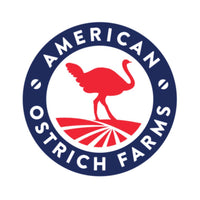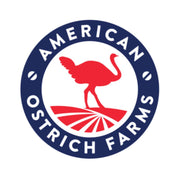KEY TIPS FOR CHOOSING SAFE SKIN CARE PRODUCTS
Navigating the world of skin care can be tricky, but with a few simple tips, you can make better choices for your skin’s health.
Read Labels Carefully: The first step in choosing safe skincare products is to get familiar with ingredient labels. Many products contain a mix of chemicals that can be harsh or potentially harmful. Make it a habit to read and understand what’s inside the products you’re considering.
Steer Clear of Controversial Ingredients: Some ingredients commonly found in skin care products have raised safety concerns. Avoid parabens, sulfates, phthalates, and synthetic fragrances. These substances can irritate the skin, disrupt hormonal balance, and have been linked to more serious health issues.
Prioritize Natural Ingredients: Products with natural, plant-based ingredients tend to be gentler on the skin. However, natural doesn’t always mean better for everyone. Be aware of any allergies or sensitivities you might have, and perform a patch test with new products.
Understand Your Skin Type: Knowing whether you have oily, dry, combination, or sensitive skin can help you choose products that are specifically formulated for your needs. What works for one person might not work for another, so understanding your skin’s unique characteristics is key.
Check for Non-Comedogenic Products: If you’re prone to acne or have oily skin, look for products labeled as non-comedogenic. These are formulated to not clog pores, reducing the risk of breakouts.
Research and Review: Take time to research the brands and products you’re interested in. Look for companies that are transparent about their ingredients and processes. Reading reviews from other users can also provide insight into how a product might work for your skin.
The Role of Ostrich Oil in Skin Care
As you explore different skin care options, you might come across ingredients that are new to you. One such ingredient is ostrich oil—a natural oil derived from rendered and purified ostrich fat, known for its unique benefits in skincare.
OSTRICH OIL AND ITS CLEAN PROPERTIES
Deep Moisturization: Ostrich oil is rich in essential fatty acids, including omega-3, omega-6, and omega-9. These nutrients help to strengthen the skin’s moisture barrier, ensuring long-lasting hydration without leaving a greasy residue.
Soothing Properties: Thanks to its anti-inflammatory nature, ostrich oil can help calm irritated skin, making it a good option for those with sensitive skin or conditions like eczema or rosacea.
Rich in Antioxidants: Ostrich oil contains antioxidants that help protect the skin from environmental stressors, such as pollution and UV rays, which can contribute to premature aging.
Gentle and Hypoallergenic: Ostrich oil is suitable for a wide range of skin types. It’s gentle enough for sensitive skin and is non-comedogenic, making it less likely to cause breakouts.
While ostrich oil might not be the first ingredient that comes to mind, its benefits are supported by a long history of use in traditional remedies. It’s worth considering if you’re looking for a natural, effective way to care for your skin.
ADDITIONAL TIPS FOR SAFE SKIN CARE
In addition to choosing the right products, there are other practices you can adopt to ensure your skin care routine is safe and effective.
Simplify Your Routine: More isn’t always better when it comes to skincare. Using too many products can overwhelm your skin and increase the risk of irritation. Stick to a simple routine that addresses your specific needs.
Patch Test New Products: Before applying a new product to your face or body, test it on a small area of skin first. This helps you identify any potential allergic reactions or sensitivities.
Pay Attention to Expiration Dates: Skin care products have a shelf life, and using expired products can lead to skin irritation or infection. Make sure to check the expiration dates on your products and dispose of them when they’re past their prime.
Stay Hydrated and Eat Well: Healthy skin starts from within. Drinking plenty of water and eating a balanced diet rich in fruits, vegetables, and healthy fats can improve your skin’s appearance and resilience.
Protect Your Skin from the Sun: Sun protection is crucial for maintaining healthy skin. Use a broad-spectrum sunscreen with at least SPF 30, and reapply as needed, especially if you’re spending extended time outdoors.
Choosing safe skin care products involves understanding ingredients, knowing your skin type, and being mindful of how products interact with your skin. By following these tips, you can create a skincare routine that supports your skin’s health and appearance. And as you explore new ingredients, don’t overlook the potential benefits of natural options like ostrich oil, which offers a unique combination of moisturization, soothing, and protective properties. With thoughtful choices, your skincare routine can be both safe and effective, helping you achieve and maintain healthy, radiant skin.






